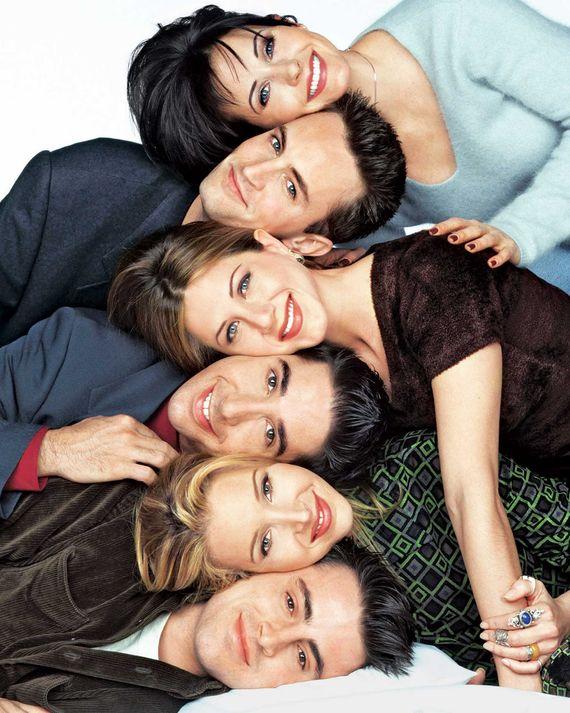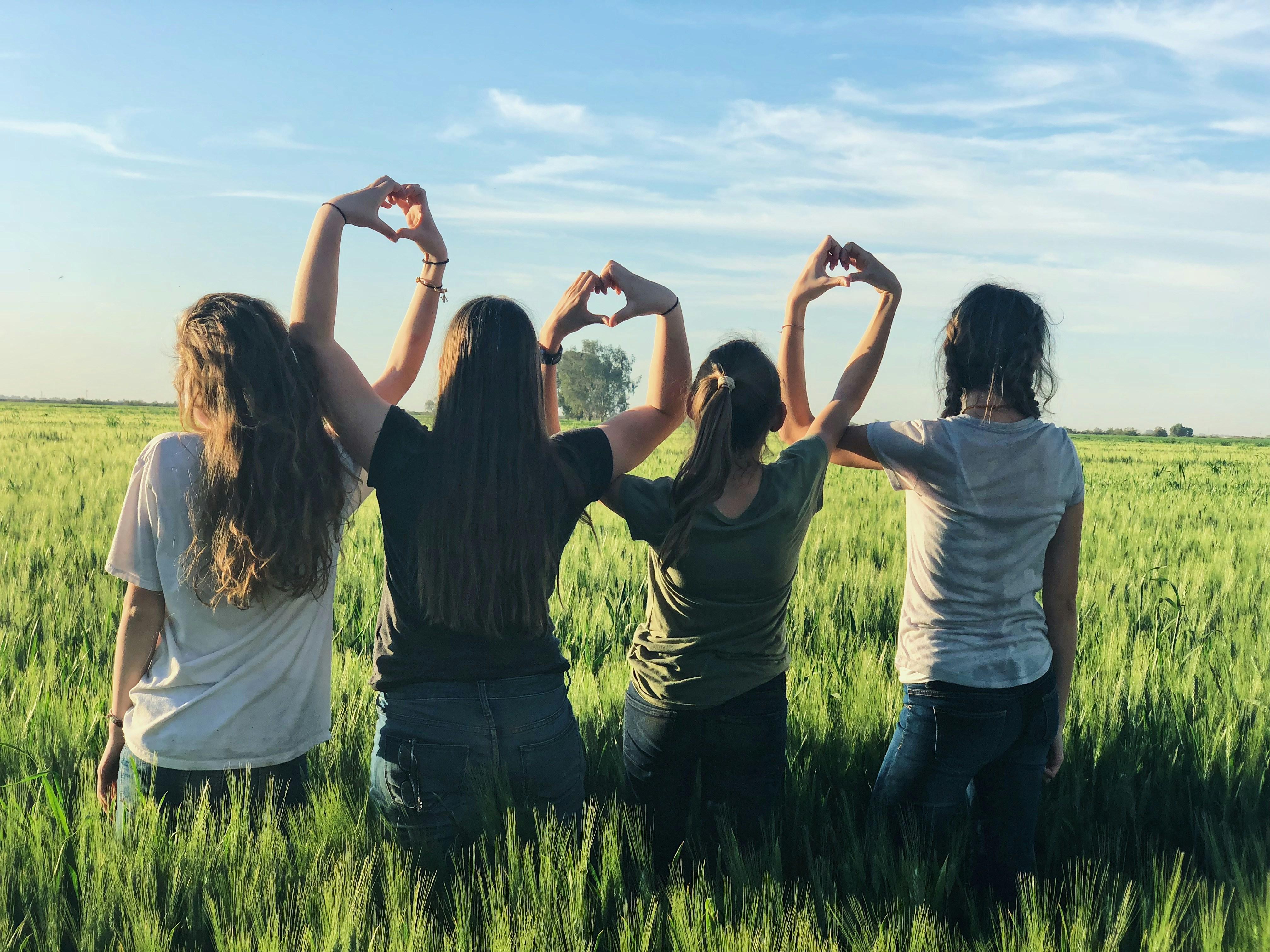“Friends,” the iconic sitcom that first aired in 1994, continues to captivate audiences worldwide, even decades after its finale. This enduring appeal raises intriguing questions about the show’s timelessness and cultural resonance. As television landscapes evolve and new content floods streaming platforms, “Friends” maintains a steadfast presence, drawing in both nostalgic viewers and new generations alike. This article delves into the multifaceted reasons behind the show’s lasting popularity, exploring its universal themes, memorable characters, and the socio-cultural factors that have allowed it to remain relevant in an ever-changing media environment. Through an analytical lens, we aim to uncover why “Friends” persists as a beloved staple in the tapestry of popular culture.
Timeless Humor and Relatable Storylines
One of the key reasons why Friends continues to captivate audiences is its blend of . The show’s comedic elements, while rooted in the 1990s, transcend generational boundaries due to their universal appeal. Whether it’s Chandler’s witty sarcasm or Ross’s awkward yet endearing antics, the humor resonates with viewers from all walks of life. This is not merely a byproduct of the clever writing; it’s a testament to the well-rounded characters whose quirks and personalities remain engaging.
- Everyday Situations: From job struggles to romantic entanglements, the series captures experiences that many can identify with, regardless of the era.
- Dynamic Friendships: The genuine camaraderie among the characters serves as a comforting reminder of the value of friendship.
- Personal Growth: Over the course of ten seasons, viewers witness the evolution of each character, which mirrors the ups and downs of real life.
Through these elements, Friends has managed to maintain its relevance, allowing new generations to discover and appreciate the series, while long-time fans continue to find solace in its familiar yet ever-fresh narratives.

Character Dynamics and Development Over Time
The enduring appeal of “Friends” can be largely attributed to its intricate character dynamics and development. Each character starts with a distinctive personality and set of quirks, but what makes the series truly compelling is how these personalities evolve over time. Ross, initially portrayed as the awkward paleontologist, gradually gains confidence and a sense of self-assuredness, while still maintaining his endearing awkwardness. Rachel, who begins as a naive fashion enthusiast, transforms into a successful career woman, showcasing her journey towards independence and self-discovery. This evolution is not just about individual growth; it also highlights how their relationships with one another deepen and change, adding layers to their interactions.
- Monica and Chandler’s relationship: What begins as a surprise twist develops into a central storyline, exploring themes of commitment and family.
- Joey’s maturation: While maintaining his comedic role, Joey gradually reveals a more sensitive and loyal side, especially in his friendships.
- Phoebe’s complexity: Initially seen as the quirky outlier, Phoebe’s backstory and personal growth add depth, showing her resilience and empathy.
These transformations are woven seamlessly into the fabric of the show, allowing audiences to witness a realistic progression of friendships and personal growth. This not only makes the characters relatable but also keeps viewers invested in their journeys, ensuring that ”Friends” remains a timeless classic.

Cultural Impact and Influence on Modern Sitcoms
One of the most compelling aspects of Friends is its enduring cultural impact, which has left an indelible mark on modern sitcoms. Character archetypes such as the lovable underdog, the quirky eccentric, and the aspirational professional have been adopted and adapted by countless shows. Sitcoms like How I Met Your Mother and The Big Bang Theory owe much of their character-driven humor to the template established by Friends. The series introduced audiences to the concept of a “found family,” where friends serve as one’s primary support system, a theme that resonates deeply in today’s more transient, urbanized societies.
- Catchphrases and cultural references: The show popularized phrases like “We were on a break!” and ”How you doin’?” that continue to be part of pop culture vernacular.
- Fashion influence: The style choices of characters like Rachel and Joey have inspired fashion trends that are still seen on runways and in everyday wear.
- Narrative structure: Its episodic yet serialized storytelling has become a model for other shows, balancing standalone episodes with overarching storylines.
These elements underscore why Friends remains a touchstone for sitcoms aiming to blend humor with relatable life experiences, ensuring its influence endures even as new shows emerge.
Nostalgia and the Role of Streaming Platforms
In the era of digital entertainment, streaming platforms have emerged as modern time capsules, preserving and revitalizing classic shows like Friends for both seasoned fans and new viewers. These platforms leverage nostalgia, a powerful emotional response, by making beloved series readily accessible. This availability allows audiences to relive cherished memories or discover cultural phenomena they missed. The strategic curation of classic content on these platforms not only taps into the collective longing for the past but also introduces these timeless narratives to a global audience.
- Ease of Access: Streaming services offer the convenience of watching Friends anywhere, anytime, which is a stark contrast to the rigid schedules of traditional television.
- Curated Content: By recommending shows based on viewing history, platforms create personalized nostalgia trips for users.
- Community Engagement: Social media discussions and fan forums continue to keep the show relevant, supported by streaming platforms that encourage binge-watching and re-watching.
Thus, the role of streaming services extends beyond mere content delivery; they are architects of a cultural bridge that connects the past with the present, fostering a shared experience across generations.
